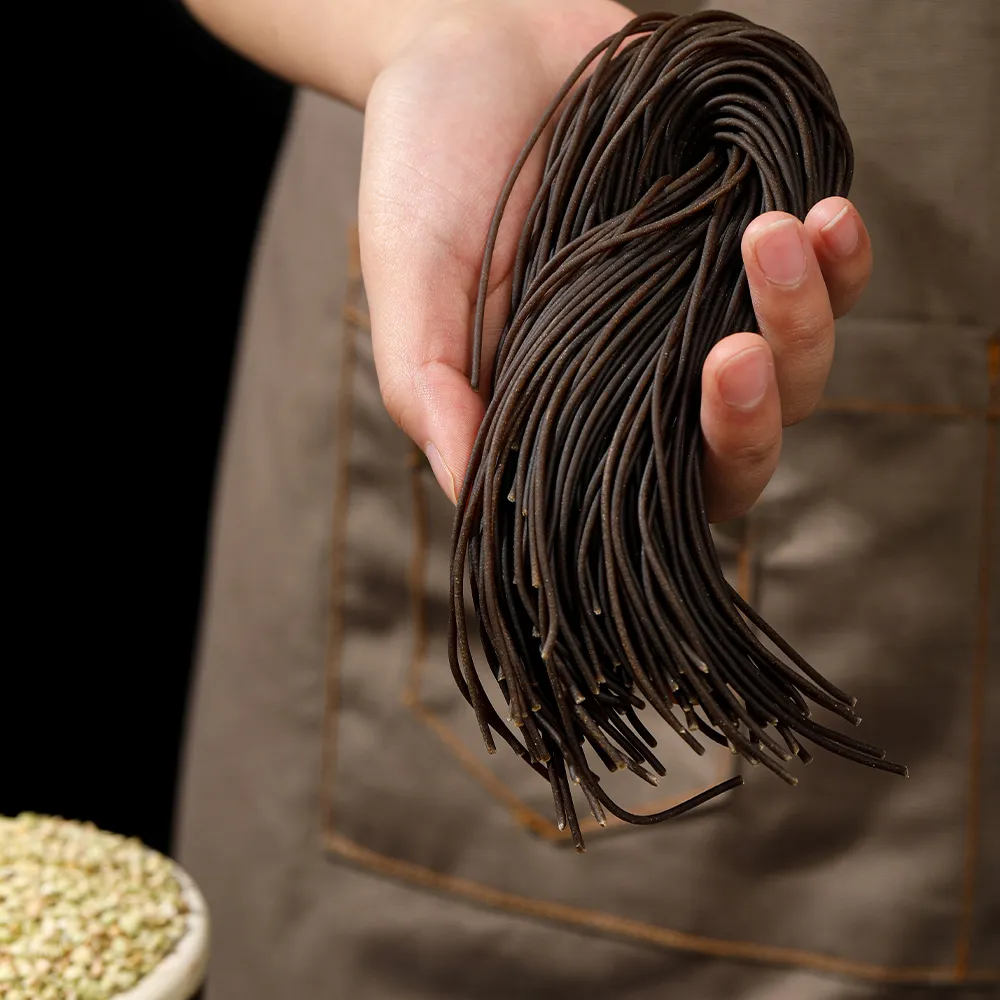cold noodle korean style
Exploring Cold Noodles in Korean Cuisine
Korean cuisine is known for its vibrant flavors, extensive use of fresh ingredients, and diverse range of dishes that reflect its rich cultural heritage. Among the variety of culinary delights that the country has to offer, cold noodles, or naengmyeon, have earned a special place in the hearts and bowls of many. This dish embodies the essence of Korean summer dining, offering a refreshing escape from the heat while delivering a delightful burst of flavor and texture.
A Brief History of Naengmyeon
Naengmyeon, which translates to cold noodles, has a storied history that dates back to the Goguryeo Kingdom (37 BC–668 AD). Originally, it was a dish served to the nobility, but over the centuries, it evolved to become a staple enjoyed by all social classes. Two primary styles of naengmyeon emerged mul naengmyeon, which is served in a chilled broth, and bibim naengmyeon, which is mixed with a spicy sauce. Each version has its own unique appeal and flavor profile.
Ingredients and Preparation
The key ingredient in naengmyeon is typically buckwheat flour, though some variations may include sweet potato or wheat flour, contributing to its characteristic chewy texture. The noodles are boiled and then rapidly chilled in ice water to achieve that refreshing temperature that makes them so enjoyable.
Mul Naengmyeon is served in a cold beef or dongchimi broth, which is made from pickled radish. The broth is light and slightly tangy, complementing the nutty flavor of the buckwheat noodles perfectly. Garnished with slices of cold beef, cucumber, and sometimes a boiled egg, this dish is as visually appealing as it is delicious.
On the other hand, Bibim Naengmyeon showcases a spicy sesame sauce blended with gochujang (Korean red chili paste). The noodles are tossed in this spicy mix until they are thoroughly coated, and the dish is typically topped with julienned vegetables, such as cucumber and radish, and sometimes a generous serving of kimchi. The combination of spicy, sweet, and savory flavors creates an irresistible dish that excites the palate.
cold noodle korean style

Naengmyeon in Korean Culture
In Korea, naengmyeon is more than just a dish; it's a cultural experience often enjoyed during the hot summer months, particularly on holidays or special occasions. Many families have their own recipes passed down through generations, making it a dish filled with personal memories and significance. Furthermore, it is commonly consumed after eating barbecue, as the cold noodles serve as a refreshing counterbalance to the rich and smoky flavors of grilled meat.
The act of eating naengmyeon can also be a fun experience, as traditional customs involve slurping the noodles directly from the bowl. This is not only considered polite but is believed to enhance the flavor as you enjoy the dish. Many Koreans hold a deep-seated appreciation for naengmyeon, viewing it as a must-have summer treat that brings families and friends together.
Where to Enjoy Naengmyeon
For those eager to try naengmyeon, numerous restaurants across Korea specialize in this cooling dish. From high-end establishments to local eateries, every place puts its unique spin on the traditional recipes, allowing diners to explore different flavors and variations. In recent years, naengmyeon has also gained popularity internationally, with Korean restaurants around the world adding this beloved dish to their menus.
In addition to restaurants, many households engage in making their own naengmyeon, especially during summer gatherings. Making the noodles from scratch can be an engaging culinary activity, allowing families to bond over the shared experience of cooking and enjoying food together.
Conclusion
Cold noodles in Korean style are a delightful culinary creation that offers a refreshing respite from the heat while delivering an array of flavors and textures. Whether one prefers the crisp and tangy broth of mul naengmyeon or the spicy and vibrant mix of bibim naengmyeon, there's no denying the dish's appeal. As you take a bite, remember that you are not just tasting a delicious meal; you are relishing a part of Korea's rich culinary tradition that has evolved over centuries, bringing people together in celebration of food and culture.
-
The Wholesome Delight of Organic NoodlesNewsAug.15,2025
-
The Vibrant Delight of Spinach NoodlesNewsAug.15,2025
-
Savor the Spicy Delight of Hot Pot NoodlesNewsAug.15,2025
-
Savor the Chill with Irresistible Cold NoodlesNewsAug.15,2025
-
Indulge in the Authentic Delight of Udon NoodlesNewsAug.15,2025
-
Dive into the Delicious World of Cart NoodlesNewsAug.15,2025
-
Unlock the Delicious Potential of Yam NoodlesNewsAug.11,2025
Browse qua the following product new the we







